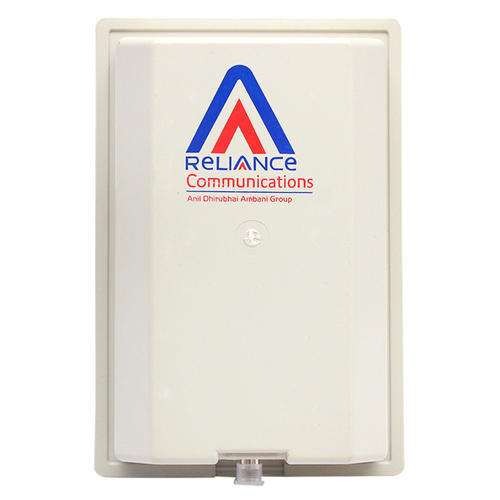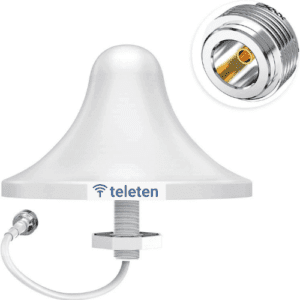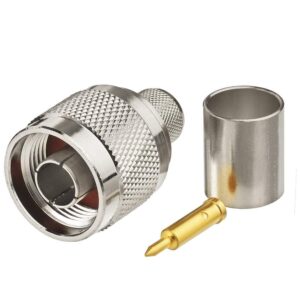Design Concept:
Patch Panel Antenna: Also known as a patch antenna, this design consists of a flat, rectangular panel with a radiating element mounted on or embedded within a substrate. The antenna typically has a low profile and is designed to provide good performance across a specified frequency range.
Application: In the context of a cellular network like Reliance, these antennas are used for base stations, repeaters, or other infrastructure to enhance signal coverage and capacity.
Key Features:
Frequency Range:
Cellular Bands: Typically covers the frequency bands used by Reliance’s network, which could include various LTE bands (e.g., Band 3, Band 5) or 5G bands if applicable.
Gain:
Moderate to High Gain: Patch panel antennas usually offer moderate to high gain, improving signal strength and coverage over a specific area.
Radiation Pattern:
Directional or Omnidirectional: Depending on the design, patch panel antennas can be directional (focused in a specific direction) or omnidirectional (covering all directions equally).
Construction:
Compact and Flat Design: Patch antennas are known for their flat, compact form, which makes them suitable for mounting in various locations, including on walls or inside enclosures.
Durable Materials: Often constructed from durable materials like fiberglass or plastic, with weather-resistant finishes for outdoor applications.
Design Specifications:
Frequency Range:
For Reliance Networks: Depending on the network bands used by Reliance, the antenna will be designed to cover those specific bands. For example, Reliance Jio operates in several LTE bands, so the antenna will be tuned to those frequencies.
Gain:
Typical Gains: Ranges from about 6 dBi to 12 dBi or higher, depending on the specific application and requirements.
Size and Shape:
Flat Panel: Usually rectangular or square with a slim profile, making it easy to mount on surfaces or integrate into existing infrastructure.
Connector Types:
Common Connectors: May include N-type, SMA, or other connectors depending on the network equipment and installation requirements.
Installation:
Mounting:
Wall or Surface Mount: Can be mounted on walls, poles, or other surfaces using brackets or adhesive.
Positioning: For optimal performance, position the antenna to minimize obstructions and maximize signal coverage.
Connection:
Coaxial Cable: Connect the antenna to network equipment using the appropriate coaxial cable and connector.
Testing:
Coverage and Signal Strength: After installation, test the antenna to ensure it provides adequate coverage and signal strength. Adjust as needed for optimal performance.
Applications:
Base Stations: Used in cellular base stations to provide coverage for mobile networks.
Repeaters: Can be used in signal repeaters to enhance network coverage in areas with weak signal.
Indoor Coverage: Suitable for improving indoor network coverage in buildings or other enclosed spaces.
Maintenance:
Regular Inspection: Periodically check the antenna and its connections for wear, damage, or corrosion.
Cleaning: Keep the antenna clean and free from debris to ensure continued optimal performance.
Considerations:
Network Compatibility: Ensure the antenna is compatible with the frequency bands and specifications of Reliance’s network.
Interference: Position the antenna to minimize interference from other signals or physical obstructions.




